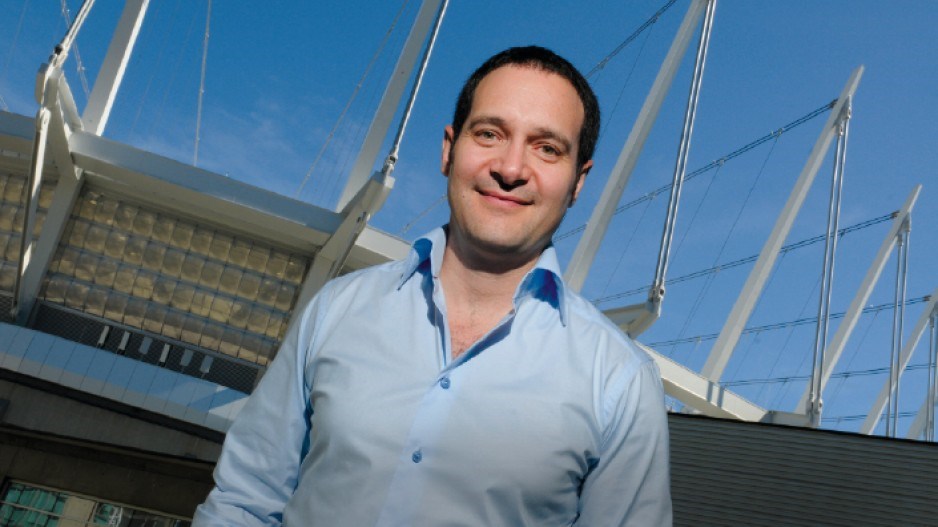Nine years ago, I saw an opportunity. At a time when technology was accelerating at a robust pace, the surveillance industry stayed stagnant. Back then, so many industries where safety and security are a top priority, were relying on outdated, grainy, analogue video surveillance systems.
As a former user of video surveillance in business myself, I had always found the blurry footage provided little, if any, value. I knew that plenty of companies and organizations could benefit from a high-definition surveillance system. This was the spark that inspired what Avigilon is today. But the road to such successful position is fraught with challenges and lessons, some of which I'd like to share with other technology entrepreneurs.
So once you have identified an unmet need in the market, the question becomes: How do you take it there?
Taking an innovation to market can be an intimidating process. You have to thoroughly understand the competitive landscape and assess where your product fits into the equation. Where is your differentiation and competitive advantage going to lie? Where and how are you going to sell your product? Who are you going to sell to? If you can't sell your product for a good profit, reassess your plan.
Once you conduct your market and industry research, and validate that there is a need for your technology, the next step is the proof of concept stage. This is the time when you put together and test a design to see if your product has legs. One of the most common mistakes technology entrepreneurs make is they build their product on current technology. If possible, build your product on future technology. That way by the time you get to market you're bringing something cutting edge to the market rather than something stale.
You also want to develop a strategy to protect your intellectual property such as copyright, inventions, trade secrets and patentable inventions. However, financing your intellectual property and building a prototype does not come cheap. With getting significant loans becoming more challenging in tough economic times, securing seed funding is absolutely crucial at this stage. One of the big advantages young companies have operating their businesses out of Vancouver is that the area is conducive for developing technology. Ideally, you will be fortunate enough to have some startup capital at your disposal. But for new tech companies that need assistance, there are many alternate resources available, at a price.
After your business model is established and your seed capital is in place, the product development stage is the period to rigorously assess your innovation – whether that is software or hardware. It's the time you take your customer feedback and industry requirements and take your best shot at creating a unique product or service that ideally meets the unmet needs of a large and growing market. You should also be growing your team beyond engineers and researchers. There should be employees that focus on marketing your product as well people to assist with customer support, production and the supply chain. They will be the ones who will get your product from an idea to revenue.
Part of the great challenge in bringing innovative products and solutions to market is the fact that things seldom go exactly as planned. Be ready to deal with unforeseen expenses, changes in the market or delays in development or production. Make sure to hire great minds that are adaptable as well as disciplined in managing your capital.
One of the keys to your longevity will lie in your ability to stay ahead of your competition. Because it's not about just taking your product to market, it's about staying there and dominating it.
Alexander Fernandes is the founder of Avigilon, a company specializing in high-definition surveillance solutions. Avigilon is listed on the Toronto Stock Exchange and in 2012 posted earnings of more than $100 million. Avigilon has also been nominated as the Tech Stock of the Year and ranked the fastest-growing technology company in Canada by Deloitte Technology Fast 50 Awards. Prior to creating Avigilon, Alexander founded, grew and sold QImaging, a developer and manufacturer of quantitative digital cameras and software.




